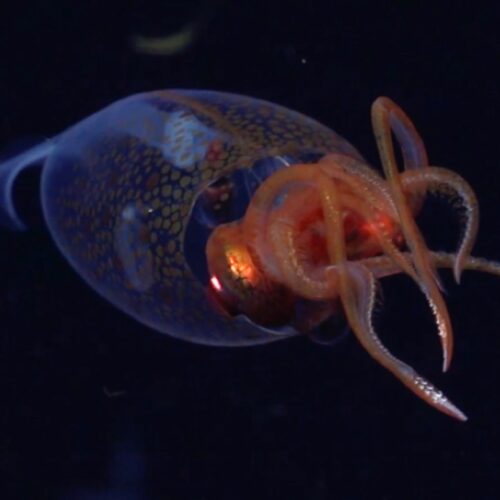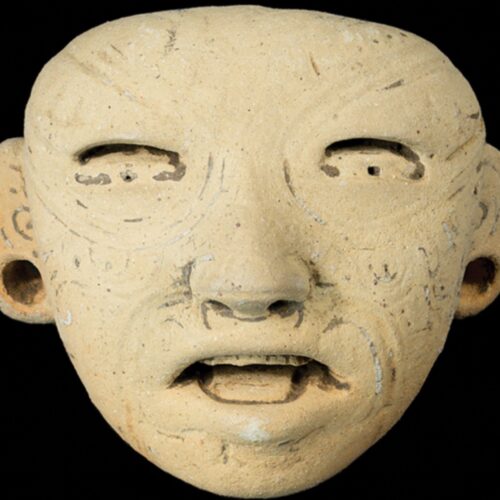Research roundup: Tattooed tardigrades and splash-free urinals
It's a regrettable reality that there is never time to cover all the interesting scientific stories we come across each month. In the past, we've featured year-end roundups of cool science stories we (almost) missed. This year, we're experimenting with a monthly collection. April's list includes new research on tattooed tardigrades, the first live image of a colossal baby squid, the digital unfolding of a recently discovered Merlin manuscript, and an ancient Roman gladiator whose skeleton shows signs of being gnawed by a lion.
Gladiator vs. lion?
Popular depictions of Roman gladiators in combat invariably include battling not just human adversaries but wild animals. We know from surviving texts, imagery, and artifacts that such battles likely took place. But hard physical evidence is much more limited. Archaeologists have now found the first direct osteological evidence: the skeleton of a Roman gladiator who encountered a wild animal in the arena, most likely a lion, based on bite marks evident on the pelvic bone, according to a paper published in the journal PLoS ONE.
The skeleton in question was that of a young man, age 26 to 35, buried between 200–300 CE near what is now York, England, formerly the Roman city of Eboracum. It's one of several such skeletons, mostly young men whose remains showed signs of trauma—hence the suggestion that it could be a gladiator burial site. "We used a method called structured light scanning [to study the skeleton]," co-author Tim Thompson of Maynooth University told Ars. "It's a method of creating a 3D model using grids of light. It's not like X-ray or CT, in that it only records the surface (not internal) features, but since it uses light and not X-rays etc, it is much safer, cheaper, and more portable. We have published a fair bit on this and shown its use in both archaeological and forensic contexts."


© Schmidt Ocean Institute


